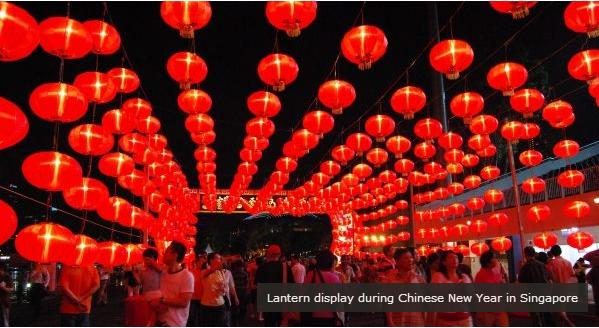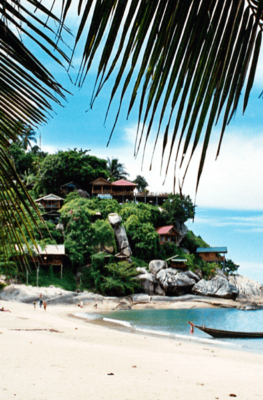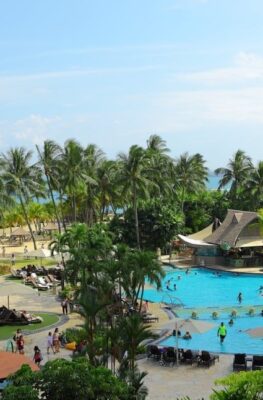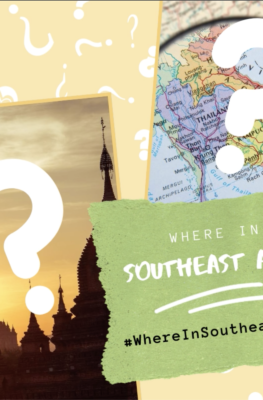Published on January 25, 2010

Chinese merchants were already trading in the Philippine archipelago when explorer Ferdinand Magellan arrived in 1521, and later the Spanish colonial rulers encouraged the development of Southeast Asia’s first Chinatown in Manila. Relations between the residents of Chinatown and the greater city were not always civil, however, and those who refused to convert to Catholicism were occasionally reminded how precariously close they lived to the cannons Intramuros (Manila’s walled city).
Over the centuries, Chinatowns (often known by their own communities as ‘Tang people’s streets’ in reference to the accomplished Tang dynasty) have developed in many of the region’s major cities. The early immigrants were typically men from the coastal provinces of Guangdong and Fujian, often settling in groups according to the languages they spoke – most commonly Cantonese, Hakka or Teochew – and setting up clan associations to strengthen their communities. Inter-marriage with the local population was common since Chinese women were often not allowed to migrate to the area with the men.
Today many Chinatowns function as tourist attractions in addition to their continuing commercial and community functions. They are popular with visitors for their cheap and tasty food, street markets selling everything from jade to herbal remedies, and temples heavy with the scent of incense and the sound of rattling chim (short sticks used in fortune-telling).
These areas are also the best places to join in celebrations such as Chinese New Year, falling on Feb 14 in 2010.The most important event on the Chinese calendar, celebrations are marked by lion and dragon dances accompanied by the sound of gongs, drums, cymbals and firecrackers. Other major celebrations include the Dragon Boat Festival and the Mid-Autumn Festival (known in some countries as the Lantern or Mooncake Festival).
Philippines – Manila
The area today known as Chinatown, spanning parts of Binondo and Santa Cruz, was set aside at the end of the 16th century for Chinese merchants who had converted to Catholicism.
Singapore
Chinatown in Singapore is somewhat unusual.It is not the focal point of a minority ethnic group, since around three-quarters of the city-state’s population today is of Chinese descent. Rather, it marks the area initially allocated to the Chinese, and sub-divided into dialect groups, when the city was founded in the early 19th century. One excellent way to learn about these early settlers is the Chinatown Heritage Centre, which includes a re-creation of the cramped living areas within a shophouse.
Malaysia – Kuala Lumpur
Kuala Lumpur was originally founded by Chinese merchants. The city’s Chinatown is at the heart of the city and one of the major ethnic districts alongside Little India and Brickfields (home to South Indian immigrants and their descendents) and the Malay ‘village’ of Kampung Baru. The ever-popular, pedestrian main road of Petaling Street, hosts a lively covered market specializing in copies of designer goods.
Vietnam – Ho Chi Minh City
Founded by Chinese settlers as a fortified enclave in the early 18th century, Chinatown is known as Cholon (big market) to the Vietnamese or Ti-An(embankment) to its Chinese residents. Highlights for visitors include the Khanh Van Nam Vien Pagoda, the only Taoist pagoda in Vietnam, and the ornate Quan Am Pagoda.
Thailand –Bangkok
Many of Bangkok’s residents are able to trace their heritage back to Chinese roots, mostly from Teochew labourers who arrived in the late 18th century to work on the cities of Thonburi and Bangkok. Many of the laborers stayed in the area and through entrepreneurial successes the community (the area around Th Yaowarat and Th Charoen Krung) has thrived. Highlights of the crowded streets include the world’s largest golden Buddha statue at Wat Traimit.
Other cities
Other Chinatowns include the areas around Street 136 in Phnom Penh, Samsenthai Road in Vientiane, Strand Road and Maha Bandoola Road in Yangon, and Pancoran Street in Jakarta.
John Oates is a freelance writer/ photographer and has travelled through much of Asia.He recently spent a year based in the Philippines while visiting several other ASEAN countries.






